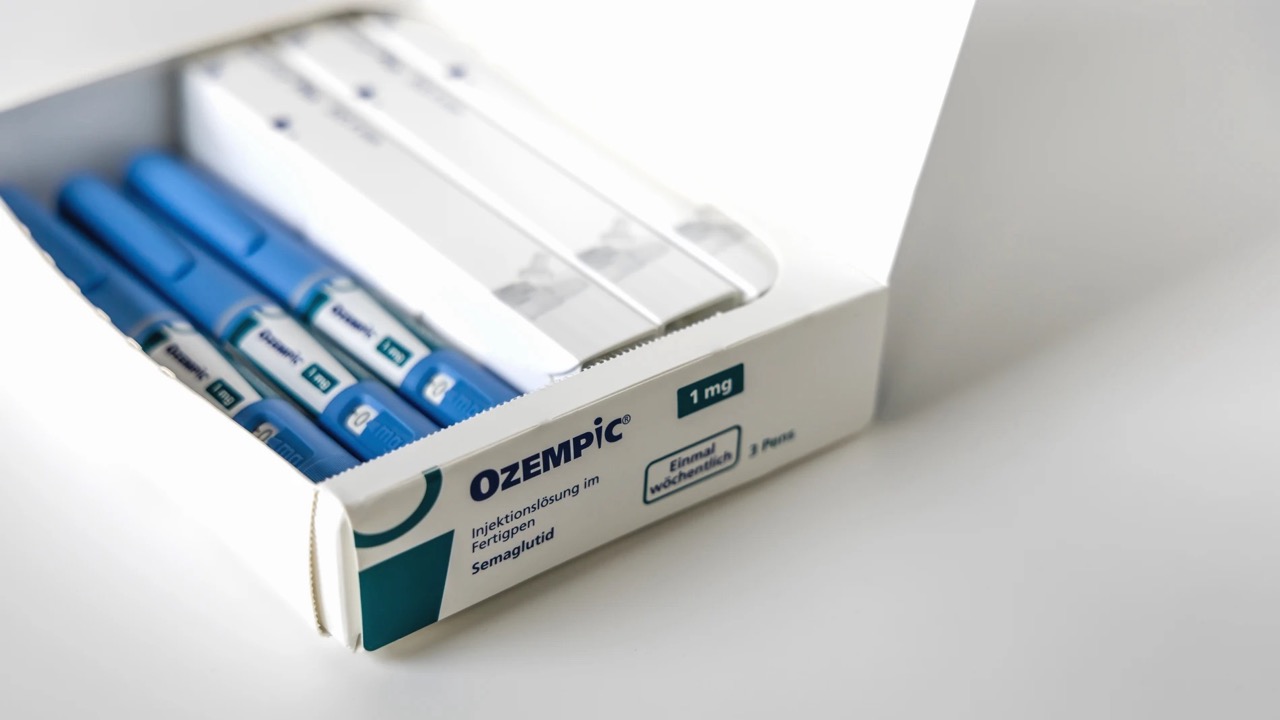Ozempic is a Glucagon-like peptide-1 receptor (GLP-1R) agonist. It is widely known for managing type 2 diabetes and aiding in weight loss. Recently, researchers have explored its potential benefits for neurological diseases like Alzheimer’s and Parkinson’s. But did you know it might also support eye health? Studies suggest that GLP-1R agonists may protect the retina and help lower intraocular pressure (IOP), a key factor in glaucoma.
 What Are GLP-1R Agonists?
What Are GLP-1R Agonists?
GLP-1R agonists, such as liraglutide, semaglutide, and dulaglutide, mimic the natural hormone GLP-1. This hormone regulates blood sugar levels. Doctors already prescribe these drugs for diabetes and weight loss, but their effects go beyond metabolism. GLP-1 receptors exist throughout the body, including the pancreas, heart, brain, and eye. This has led researchers to explore their benefits for eye diseases like glaucoma.
The Connection Between GLP-1R Agonists and Eye Health
The retinal ganglion cell layer contains small amounts of GLP-1 receptors. However, studies in animal models show promising results:
- GLP-1R agonists protect retinal ganglion cells by reducing inflammation and preventing cytokine-induced damage.
- Research on mice with glaucoma-like conditions found that these drugs lowered IOP by inhibiting sodium-potassium ATPase, which controls eye fluid production.
- A study on hypertensive mice showed that liraglutide not only reduced IOP but also preserved optic nerve axons, possibly slowing glaucoma progression.
Potential Mechanisms of Action
How do GLP-1R agonists help in glaucoma? Researchers believe several mechanisms are involved:
- Reducing Inflammation: Chronic inflammation damages the eye in glaucoma. GLP-1R agonists block harmful cytokines, preventing nerve cell death.
- Lowering IOP: These drugs inhibit sodium-potassium ATPase, reducing aqueous humor production and lowering pressure.
- Increasing Nitric Oxide (NO) Production: Nitric oxide regulates eye pressure. Some GLP-1R agonists boost NO levels, improving fluid drainage.
What Does This Mean for Glaucoma Patients?
Most research has been done in animal models. However, a recent clinical study found that patients taking GLP-1R agonists had a lower risk of developing glaucoma than those on other diabetes medications. These findings suggest real-world eye health benefits.
The Future of GLP-1R Agonists in Eye Care
More research is needed before these drugs can be recommended for glaucoma. However, their potential to protect nerves and lower IOP makes them an exciting area of study. If clinical trials confirm their benefits, they could become a valuable addition to current glaucoma treatments.
What Should Patients Do?
If you take a GLP-1R agonist for diabetes or weight loss, ask your doctor about its possible eye health benefits. If you have glaucoma and are exploring treatments, staying informed about new research may help.
Science continues to evolve, and many great medical discoveries come from unexpected sources. While GLP-1R agonists were not originally developed for glaucoma, their potential impact on eye health is an exciting development that could change future treatments.






 What Are GLP-1R Agonists?
What Are GLP-1R Agonists?
